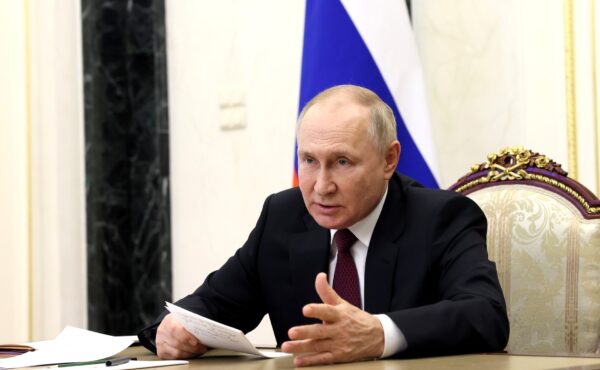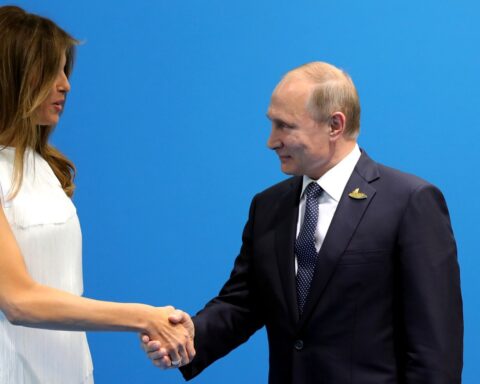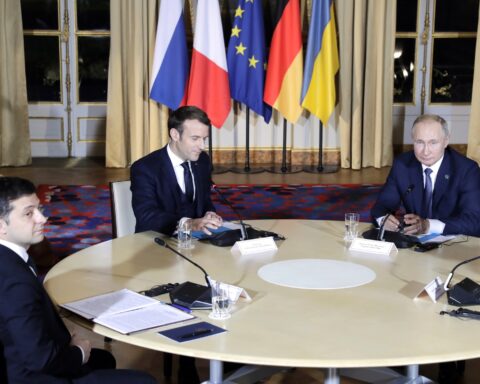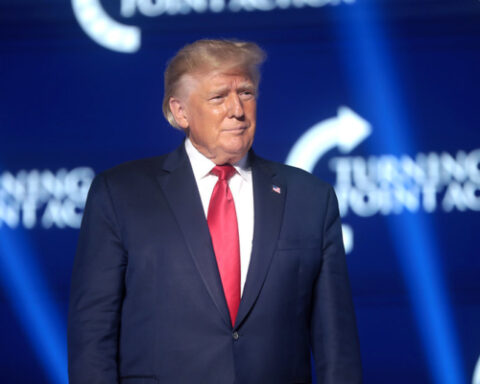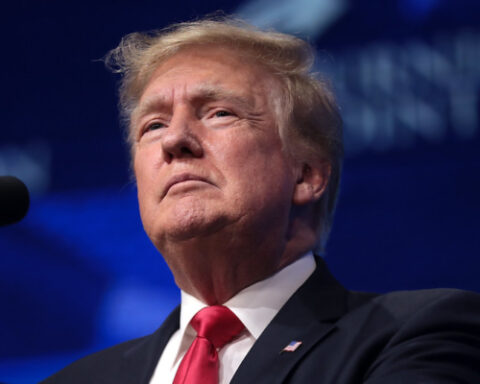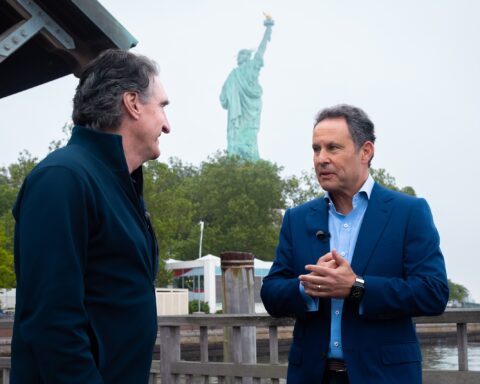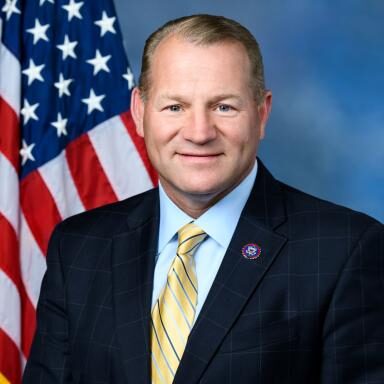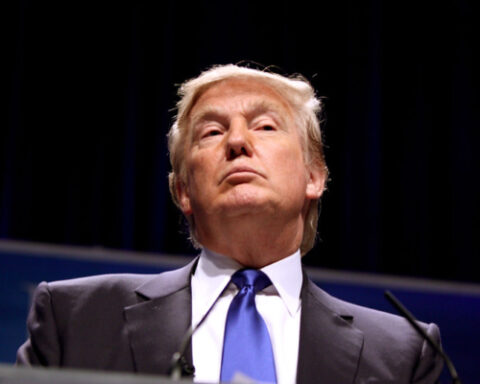President Vladimir V. Putin of Russia announced on Wednesday that his country had successfully tested the Poseidon, a nuclear-powered, nuclear-capable underwater weapon that analysts warn could devastate coastal cities by unleashing massive radioactive tsunamis.
Speaking over tea and pastries with Russian soldiers wounded in Ukraine, Putin described the test as a milestone in Moscow’s weapons program. “For the first time, we managed not only to launch it with a launch engine from a carrier submarine, but also to launch the nuclear power unit on which this device passed a certain amount of time,” he said. “There is nothing like this,” he added, insisting that the weapon is impossible to intercept.
The Poseidon, named for the Greek god of the sea and known to NATO as Kanyon, is believed to combine features of a torpedo and a drone. Russian state media report it measures roughly 20 meters long, 1.8 meters in diameter, and weighs around 100 tons. Analysts estimate the weapon has a range of up to 10,000 kilometers (6,200 miles) and can travel at speeds approaching 185 kilometers per hour. It may carry a two-megaton nuclear warhead and be powered by a liquid-metal-cooled reactor.
Putin said the torpedo’s destructive power surpasses even that of Russia’s Sarmat intercontinental ballistic missile — known to NATO as “Satan II” — long touted as one of the deadliest weapons in the world. “Poseidon’s power exceeds that of even our most promising Sarmat intercontinental-range missile,” he claimed.
The test follows a series of nuclear demonstrations in recent weeks. On October 21, Russia tested its Burevestnik nuclear-powered cruise missile, and the next day it conducted large-scale nuclear launch drills. Putin has framed these actions as proof that Russia “will never bow to Western pressure” over its war in Ukraine or over what he portrays as U.S. attempts to contain Moscow’s influence.
For Washington, the tests present both a challenge and an opportunity. President Donald J. Trump, who has called Russia a “paper tiger” for failing to fully defeat Ukraine despite its military might, has taken a tougher public stance on Moscow in recent months. Yet some analysts say the Poseidon test underscores that Russia remains a formidable nuclear competitor and that Trump’s efforts to revive nuclear arms control talks with Moscow may take on renewed urgency.
The Poseidon and Burevestnik projects also highlight what Putin describes as a global arms race — one that includes not only the United States and Russia but increasingly China as well — to modernize nuclear arsenals for the coming decades. Arms control experts warn that the Poseidon blurs the boundaries of traditional nuclear deterrence, designed not merely to threaten adversaries but to destabilize entire regions through radioactive contamination.
Putin has long blamed Washington for igniting this race, citing the United States’ 2001 withdrawal from the 1972 Anti-Ballistic Missile Treaty and NATO’s expansion eastward. Since first unveiling the Poseidon and Burevestnik in 2018, he has portrayed them as defensive responses to what he calls Western encirclement.
For now, the test serves as a stark reminder that while Russia struggles on the ground in Ukraine, it continues to wield nuclear weapons as a key instrument of global leverage — and as a pointed warning to both its adversaries and its allies.
[READ MORE: Israeli Tech Startup Seeks to Dim the Sun as Concerns Grow]

